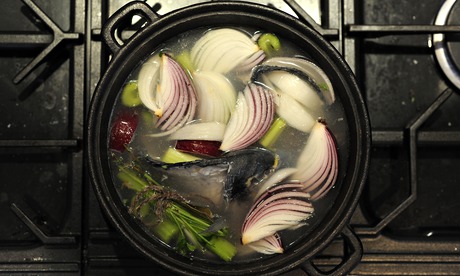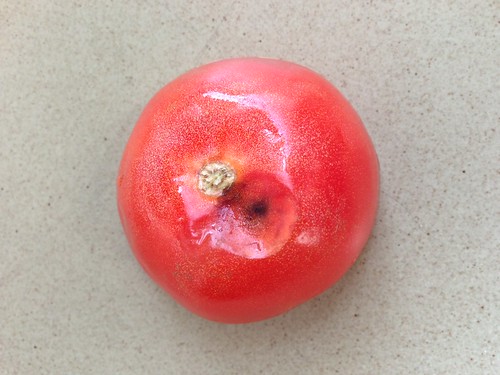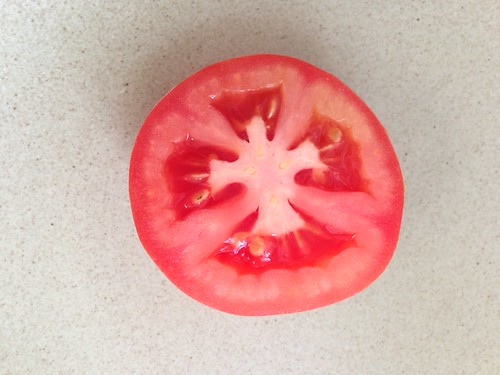In case you missed Friday’s big news, the USDA released a new food waste study! Here are some of the key findings combined with corresponding analysis.
Finding: 31 percent of the available food supply at retail and consumer level were not eaten.
What it means:
Obviously, we’re wasting a lot of food! Yet, as the authors note on page 11, the total food waste is even greater because the 31 percent doesn’t include the abundant farm loss or waste between farm and retailer. So this recent finding jibes with the widely-used stat that we waste 40 percent of our food. In fact, it’s even more likely, given that this overall estimate represents an increase from the 29 percent in the 2012 USDA study and 27 percent figure in  the 1997 USDA report.
Finding: Twice as much waste occurs on the consumer level as on the retail level.
What it means:Â We, as individuals, are really wasteful! When it comes to cutting food waste, we’d all be well served by looking at the [person] in the mirror (R.I.P. Michael). Having said that, I do think retail food waste numbers tend to be underreported.
Finding:Â The largest amount of food we waste (in dollars)Â is meat, poultry and fish.
What it means: This category represents 30 percent of our loss–Shame on us! If we’re going to condone the killing of animals to provide sustenance, the least we can is eat that animal protein.
Finding: 387 billion total calories are wasted every day!
What it means: There’s an extra 1,249 calories per person available every day. Now, some people need to decrease consumption rather than add calories. But there are still about 50 million food insecure Americans who’d certainly benefit from having more available food.
Other thoughts: The report has an impressive amount of discussion on the causes of food waste. For example, check out the handy Causes of Food Loss and Waste list on page 5. And there’s a nice bit of commentary on how food loss impacts food prices on page 7. Finally, there may be one bit of good news here: “added sugar and sweeteners” are among the most highly wasted food categories (measured by calories lost).
 Anecdotally, school staff said the stricter nutrition guidelines prompted more wasted food. To test that theory, the Harvard researchers conducted plate waste audits in Fall 2011 and Fall 2012 at elementary and middle schools in an urban, low-income area.
Anecdotally, school staff said the stricter nutrition guidelines prompted more wasted food. To test that theory, the Harvard researchers conducted plate waste audits in Fall 2011 and Fall 2012 at elementary and middle schools in an urban, low-income area. The seven month editorial project will tackle a new sustainability topic each month. Encouragingly, food waste is up first, and that’s a boon for both home cooks and waste awareness.
The seven month editorial project will tackle a new sustainability topic each month. Encouragingly, food waste is up first, and that’s a boon for both home cooks and waste awareness.


 That’s not a huge suprise, given that MetLife Stadium, host of this Sunday’s big game, has separated and composted food waste for two years. Still, it will be nice to see composting happen on such a grand (and cold) stage.
That’s not a huge suprise, given that MetLife Stadium, host of this Sunday’s big game, has separated and composted food waste for two years. Still, it will be nice to see composting happen on such a grand (and cold) stage.